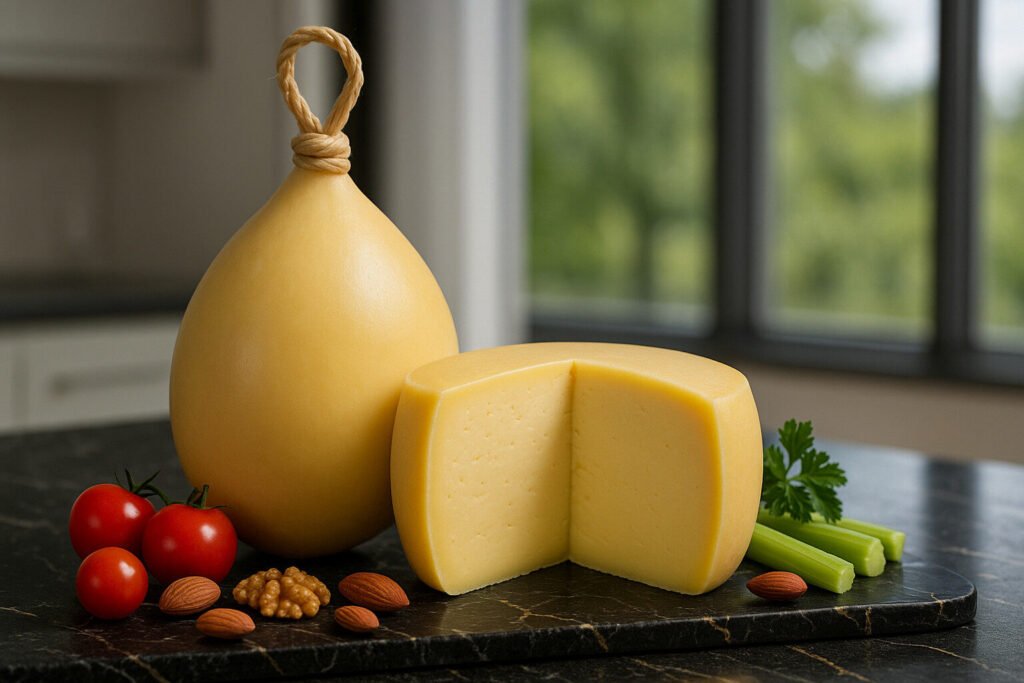Distinctive Shape Cheese
Definition and Scope
Distinctive shape cheeses are defined by their intentionally molded forms, which serve functional or cultural purposes. These shapes result from specific production techniques like basket molding, bandaging, or unique aging containers. The category includes cheeses whose geometry is integral to their identity, such as truckles, pyramids, and hearts.
This classification excludes cheeses where shape is incidental or purely for visual appeal without technical impact. The scope covers traditional forms that influence rind development, moisture loss, and flavor concentration. Distinctive shapes often indicate protected designation of origin status and historical cheesemaking practices.
Production Techniques
Molding methods create distinctive shapes through woven baskets, perforated forms, or cloth-bound pressing. Traditional French Valençay undergoes pyramid molding followed by ash coating to regulate moisture. English Stilton achieves its cylindrical form through vertical draining without pressing, allowing natural rind formation.
Specialized equipment like heart-shaped molds for Coeur de Neufchâtel or square frames for Lancashire cheese determine final geometry. The shaping process affects curd drainage, surface area exposure, and aging potential. These technical choices directly impact texture development and microbial activity during maturation.
Sensory Profile
Shape geometry influences flavor concentration through varied surface-to-volume ratios. Tall, narrow cheeses like Swiss Tête de Moine develop stronger flavors at the apex versus the base. Flat, disc-shaped cheeses such as Camembert exhibit more uniform ripening and consistent texture throughout.
Rind development varies significantly with shape, affecting aroma complexity and paste consistency. Pyramid-shaped cheeses typically feature accelerated ripening at the narrow top versus the broader base. These geometric factors create distinctive tasting experiences within single cheese units.
Culinary Applications
Distinctive shapes serve practical presentation purposes for cheese boards and culinary displays. Wheel-shaped Parmigiano-Reggiano facilitates controlled portioning through wedge cutting while maintaining interior protection. Individual-sized formats like Dutch Gouda balls provide convenient single servings with consistent quality.
Shape determines optimal cutting techniques to preserve texture and presentation integrity. Log-shaped chèvre allows crumbled applications while preserving the remaining cheese. These geometric considerations influence both professional kitchen usage and consumer handling.
Regional Examples
France produces numerous shaped cheeses including cylindrical Sainte-Maure de Touraine with its central straw. Italian Caciocavallo features distinctive gourd-like forms tied with ropes for hanging maturation. Greek Kefalotyri maintains traditional wheel shapes that withstand long aging periods.
British territorial cheeses like Double Gloucester exhibit characteristic truckle shapes from cloth binding. Spanish Queso Manchego features distinctive zigzag patterns from traditional esparto grass molds. These regional examples demonstrate how local materials and heritage techniques create signature cheese geometries.

